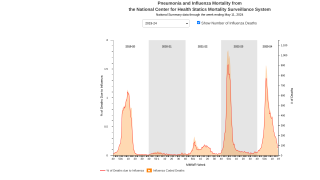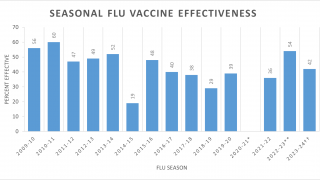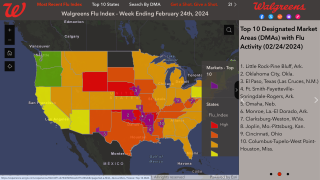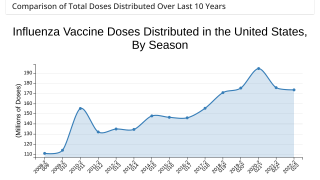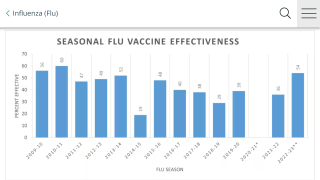Inhaled Flu Vaccine May Live Again in the US
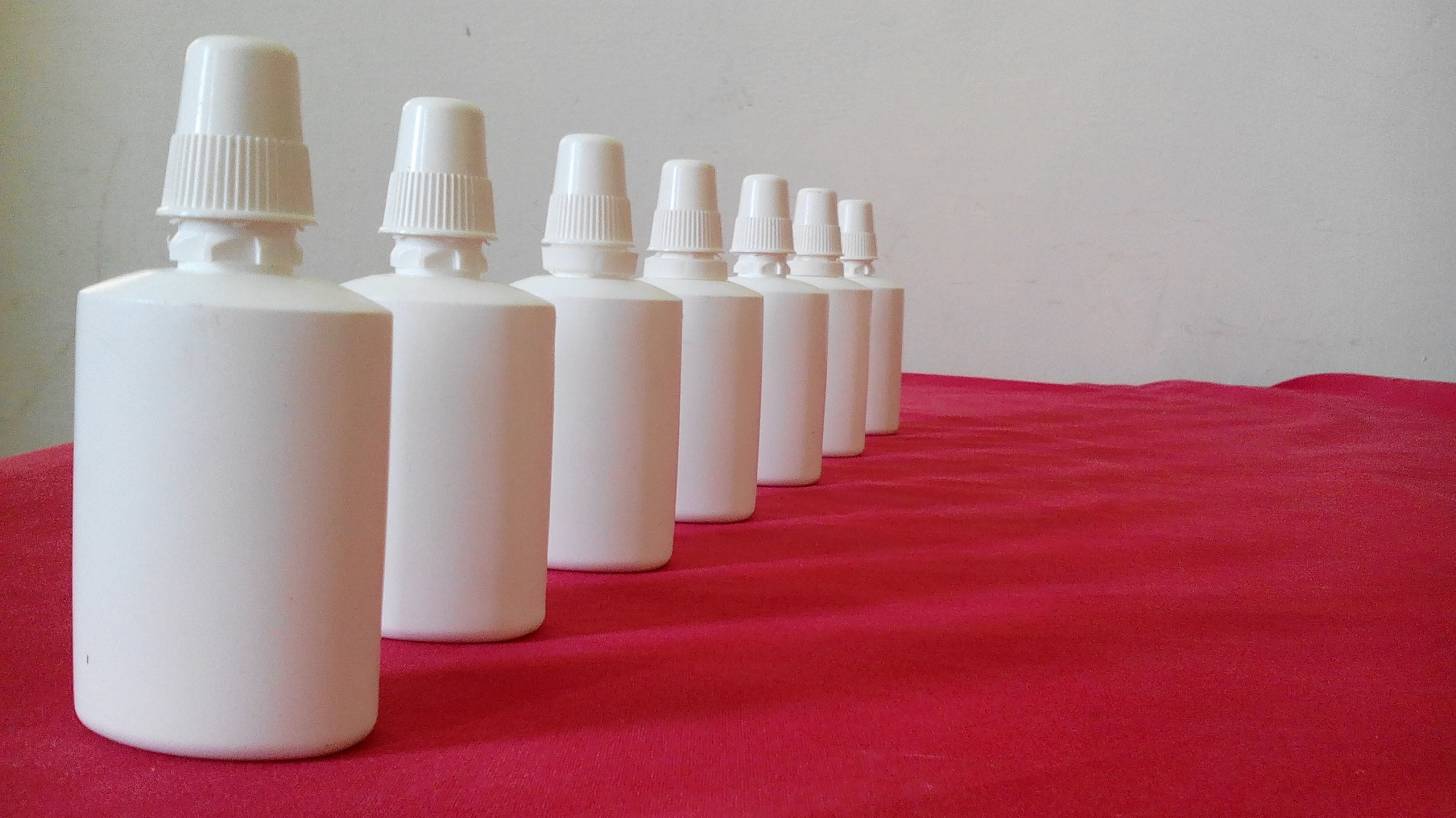
Did the Centers for Disease Control and Prevention (CDC) jump the gun when recommending against the nasal flu vaccination? The CDC reported the live attenuated influenza vaccine, or LAIV, did more harm, than good.
A recent research study says otherwise.
"Our study finds that it would take only relatively small changes to tip the scales back in favor of offering the LAIV,” said lead author Kenneth J. Smith, M.D., M.S., professor of medicine and clinical and translational science in the University of Pittsburgh School of Medicine.
Recent federal recommendations against offering the inhaled nasal influenza vaccine could lead to more flu illness.
Additionally, if not having the choice of the needle-less vaccine substantially reduces immunization rates, according to the new analysis.
The Pittsburgh Vaccination Research Group (PittVax) is one of a few sites across the U.S. that track flu in patients who received or did not receive the annual flu vaccine.
The data they collect is shared with the CDC's Advisory Committee on Immunization Practices and led to the CDC's recommendation against LAIV last year after data from the two previous flu seasons showed it to be ineffective at preventing influenza A, which is typically the most common strain.
In the past, the LAIV was a common vaccine offered to children 2 to 8 years old.
Under current conditions, only offering the needle-delivered flu vaccine results in 20.9 percent of children ages 2 to 8 getting the flu vaccine, compared with 23.5 percent if both the needle and nasal vaccine are offered.
However, if the LAIV effectiveness improves and can prevent flu in more than 63 percent of the people who get it, then it once again becomes beneficial to offer both forms of vaccination.
"Interestingly, there has been no decrease in LAIV effectiveness in other countries, and we're still unsure why this is," said Dr. Smith.
FluMist Quadrivalent is a vaccine that is sprayed into the nose to help protect against influenza. It can be used in children, adolescents, and adults ages 2 through 49. FluMist Quadrivalent is similar to MedImmune’s trivalent influenza vaccine, except it provides protection against an additional influenza strain.
FluMist Quadrivalent may not prevent influenza in everyone who gets vaccinated.
The CDC Vaccine Price Lists provides current private sector vaccine prices for general information.
The researchers also found that by not having the needle-less vaccine as an option, drives down vaccination rates by 18.7 percent or more, then offering both options is the better recommendation.
Additional authors on this study are Mary Patricia Nowalk, Ph.D., R.D., Angela Wateska, M.P.H., and Jonathan M. Raviotta, M.P.H., all of Pitt; Shawn T. Brown, Ph.D. and Jay V. DePasse, B.S., at the Pittsburgh Supercomputing Center at Carnegie Mellon University and Eunha Shim, Ph.D., of Soongsil University in Seoul, Republic of Korea.
This project was funded by National Institute of General Medical Sciences grant R01GM111121.
Our Trust Standards: Medical Advisory Committee
















